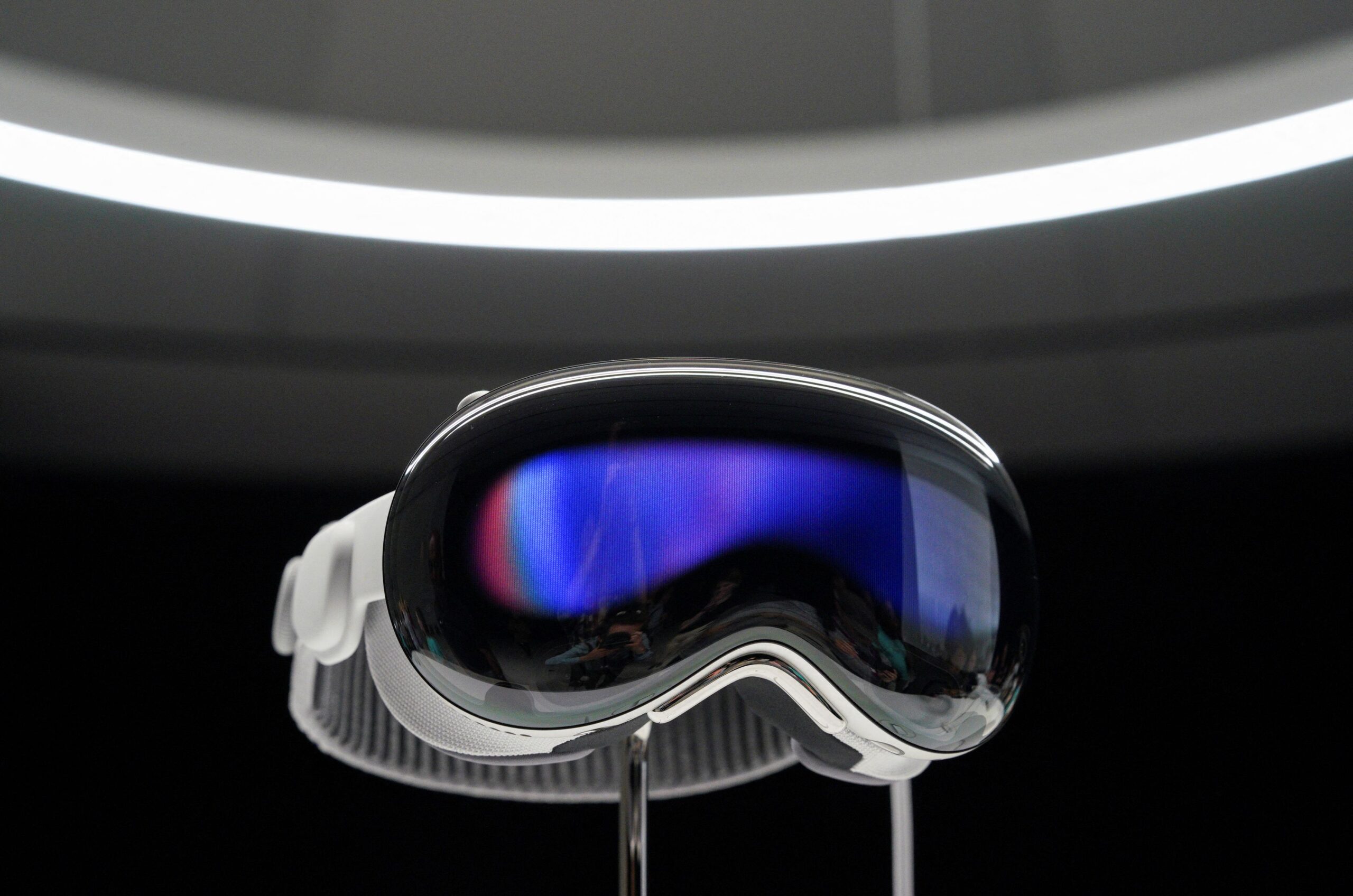
Apple’s introduction of the Vision Pro has sparked significant discussions in the tech community, particularly regarding its repairability—or lack thereof. This issue has been a longstanding point of contention between Apple and right-to-repair advocates. Despite new legislation aimed at easing restrictions on electronic repairs, Apple’s latest offering seems to double down on the company’s notorious stance on making its devices challenging for third-party repairs.
The Core Issue
A recent teardown by the YouTube channel Phone Repair Guru has brought to light the Vision Pro’s repairability challenges. The channel, known for its expertise in dissecting and repairing modern gadgets, encountered significant obstacles when attempting to replace parts on the Vision Pro. Although opening the device was feasible with some experience, the real challenge emerged when trying to swap out any of its components.
Serialized Components and Software Locks
One of the most critical findings from the teardown was that every part within the Vision Pro is serialized. Serialization in this context means that each component is uniquely coded to pair with the device’s motherboard. If any part is replaced, even with an original Apple part, the device will fail to operate. This serialization acts as a software lock, preventing the headset from recognizing replaced components as genuine.
The YouTuber’s experiment involved swapping the biometrics-enabled display with one from another Vision Pro unit, only to find the device non-operational post-replacement. Further attempts to exchange the headset’s sensors and Persona Display were met with similar failure, highlighting the extent of the software locks on even the most basic components.
Contradictory Findings
Adding to the controversy, Phone Repair Guru’s findings directly contradict those of another popular tech review site, iFixit.
- Phone Repair Guru’s Findings:
- Asserts that every component within the Vision Pro is serialized.
- Demonstrates that replacing parts with original Apple components results in the device becoming non-operational.
- Highlights software locks that prevent the headset from recognizing replaced parts as genuine.
- iFixit’s Findings:
- Claims that the Vision Pro’s parts are not software-locked, suggesting interchangeability without functional issues.
- Suggests difficulties in part replacement are more related to calibration challenges than serialization or software locks.
- Presents a view that contrasts sharply with Phone Repair Guru, sparking debate in the tech community.
This discrepancy has sparked debate within the tech community about the true nature of the Vision Pro’s repairability. It also raises questions about Apple’s consistency in implementing repair restrictions across its products.
The Bigger Picture
The discussion around the Vision Pro’s repairability isn’t just about one device; it taps into a larger conversation about consumer rights, sustainability, and corporate responsibility. Right-to-repair laws, which have been passed in multiple states, aim to give consumers and independent repair shops the ability to fix electronic devices without facing legal or technical barriers. These laws are designed to extend the lifespan of products, reduce electronic waste, and lower repair costs.
However, Apple’s approach to the Vision Pro, as highlighted by the teardowns, suggests a continued resistance to these principles. The use of serialization and software locks effectively monopolizes repair services, forcing consumers to rely on Apple-authorized service centers for any repairs. This not only limits repair options but also potentially increases the cost and time it takes to get devices fixed.
Consumer Implications
For those considering the Vision Pro, the implications are clear: any damage or malfunction could result in significant repair costs and inconvenience. Given the device’s high purchase price, the added burden of restricted repairs might deter potential buyers or at least make them think twice about how they handle and protect their investment.
Related News:
Featured Image courtesy of LOREN ELLIOTT/REUTERS
